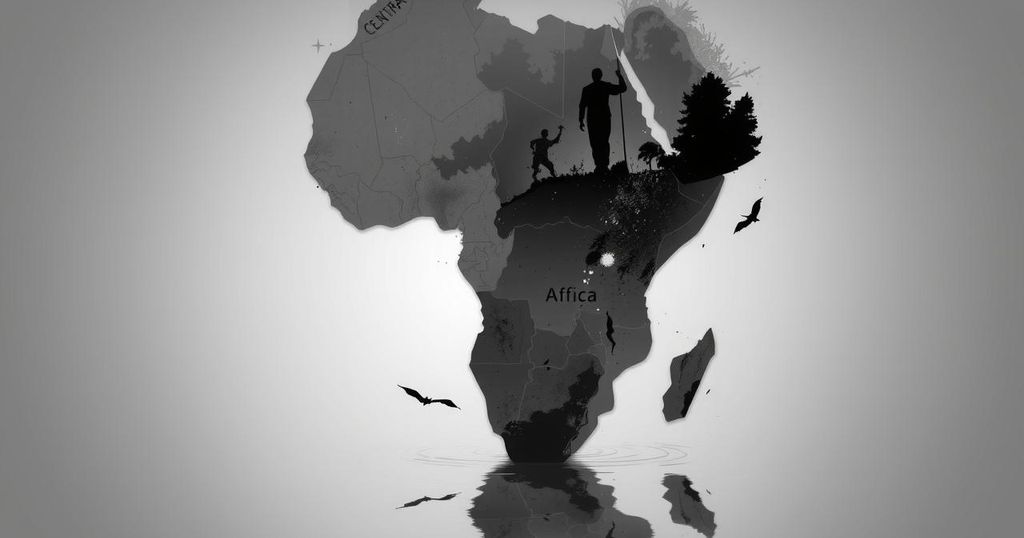The DR Congo has accused Rwanda of faking the capture of FDLR fighters, alleging that Rwanda dressed old prisoners in military uniforms for propaganda. The ongoing conflict with M23 rebels has displaced many and worsened the humanitarian crisis in the region, leading to international calls for a ceasefire and withdrawal of rebel forces.
The Democratic Republic of Congo (DR Congo) has officially accused Rwanda of orchestrating a deceptive tactic by dressing prisoners in military uniforms to falsely represent them as recently captured rebels linked to the Rwandan genocide. This accusation follows claims by Rwanda-supported M23 rebels in eastern DR Congo that they captured fighters from the Democratic Forces for the Liberation of Rwanda (FDLR), a militia comprising ethnic Hutus involved in the 1994 genocide against Tutsis.
DR Congo’s military asserted that a video purportedly showcasing the transfer of twenty FDLR rebels at a border crossing was fake. According to the Congolese military, this incident was a poorly executed fabrication aimed solely at undermining the credibility of DR Congo’s forces. They alleged that Rwanda utilized pre-existing FDLR prisoners, refashioned in new military attire, to promote a narrative of recent captures in Goma.
The ongoing conflict, instigated by the M23 rebels’ advance through eastern DR Congo since January, has resulted in the displacement of approximately 500,000 individuals, exacerbating an already critical humanitarian crisis, as reported by the United Nations. Rwanda has historically justified its support for the M23 by citing the presence of FDLR elements in eastern Congo, a stance it maintains despite previous denials of backing these rebels.
Moreover, United Nations experts have estimated that between three thousand and four thousand Rwandan troops are currently positioned in eastern Congo. Reports from last year indicated that the Congolese military has been utilizing various armed factions, including the FDLR, as proxies in its struggle against the M23 insurgency. The genocide in Rwanda, occurring over a harrowing 100 days in 1994, resulted in the deaths of nearly 800,000 individuals, predominantly from the Tutsi group.
The Rwandan government, led by Paul Kagame—who commanded the Tutsi forces that halted the genocide—views the FDLR as a significant threat to its national security. Additionally, violent outbursts disturbed a rally organized by rebel leaders in Bukavu, with chaotic conditions leading to multiple casualties. M23 rebels had already taken control of Bukavu following a rapid military campaign against government forces last month.
Rebel spokespeople have alleged that the attack during the rally was orchestrated by President Felix Tshisekedi’s administration; however, President Tshisekedi has attributed the violence to a foreign military presence operating in the eastern region. In response to the escalating conflict, both the African Union and the United Nations have called for an immediate ceasefire and the withdrawal of rebel forces from captured territories.
In summary, the DR Congo’s accusations against Rwanda revolve around the alleged fabrication of videos displaying captured FDLR rebels, compromising DR Congo’s military credibility. The ongoing conflict in eastern DR Congo, exacerbated by M23 advances, has resulted in immense human displacement and a worsening humanitarian crisis. Both internal strife and external influences complicate the situation as international calls for peace are raised.
Original Source: www.bbc.com






